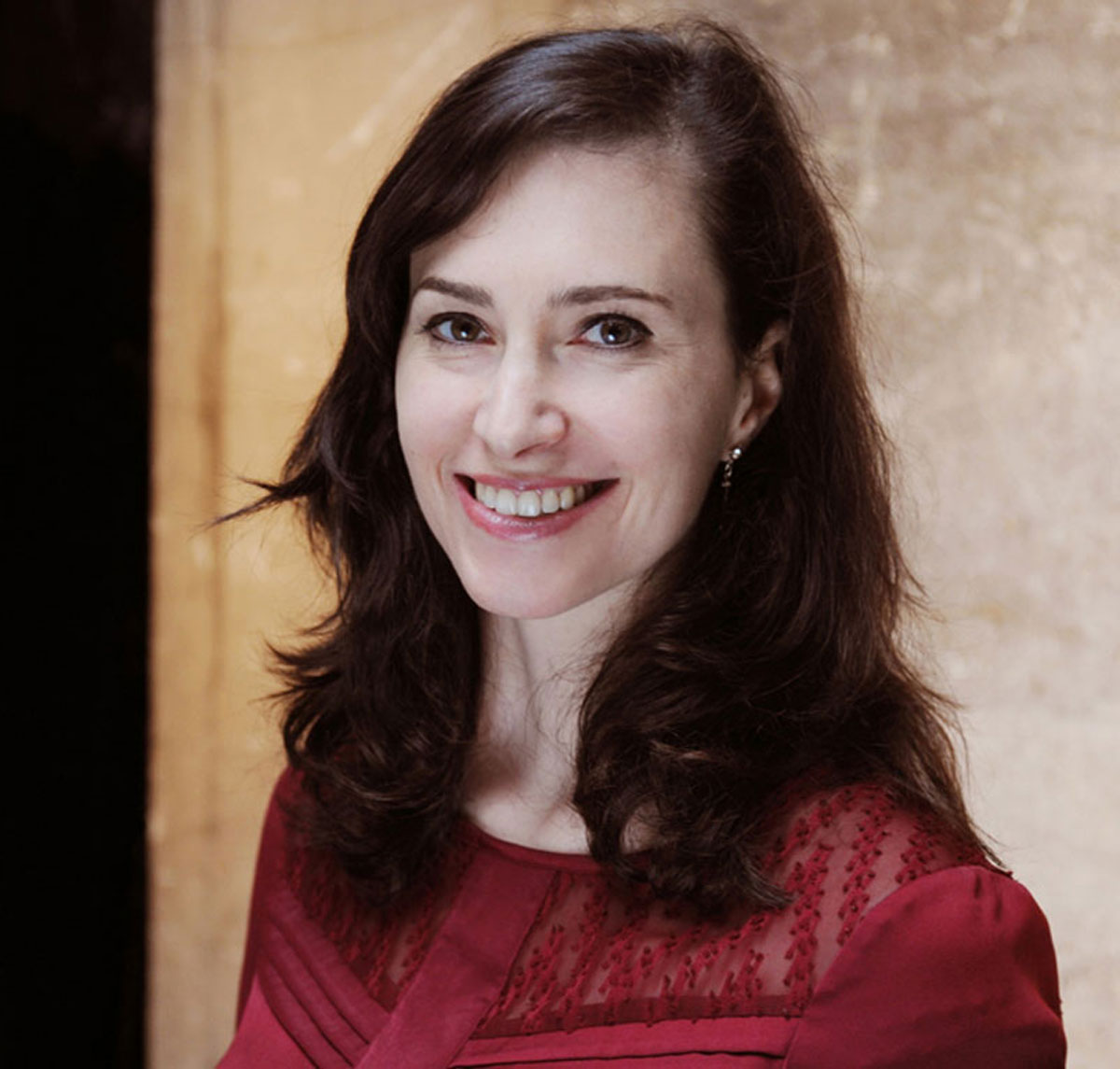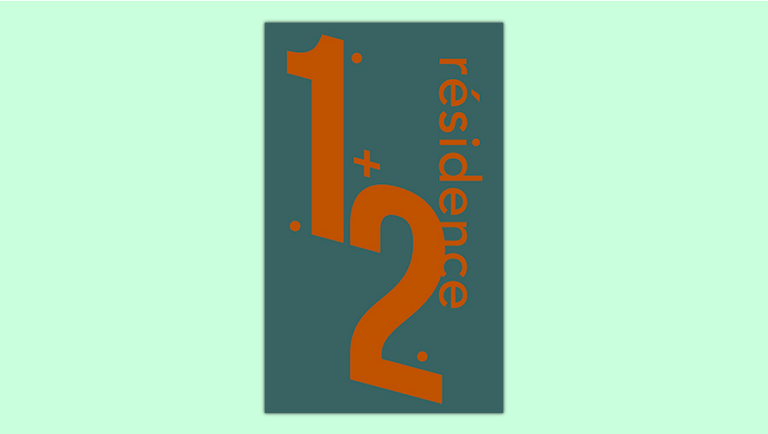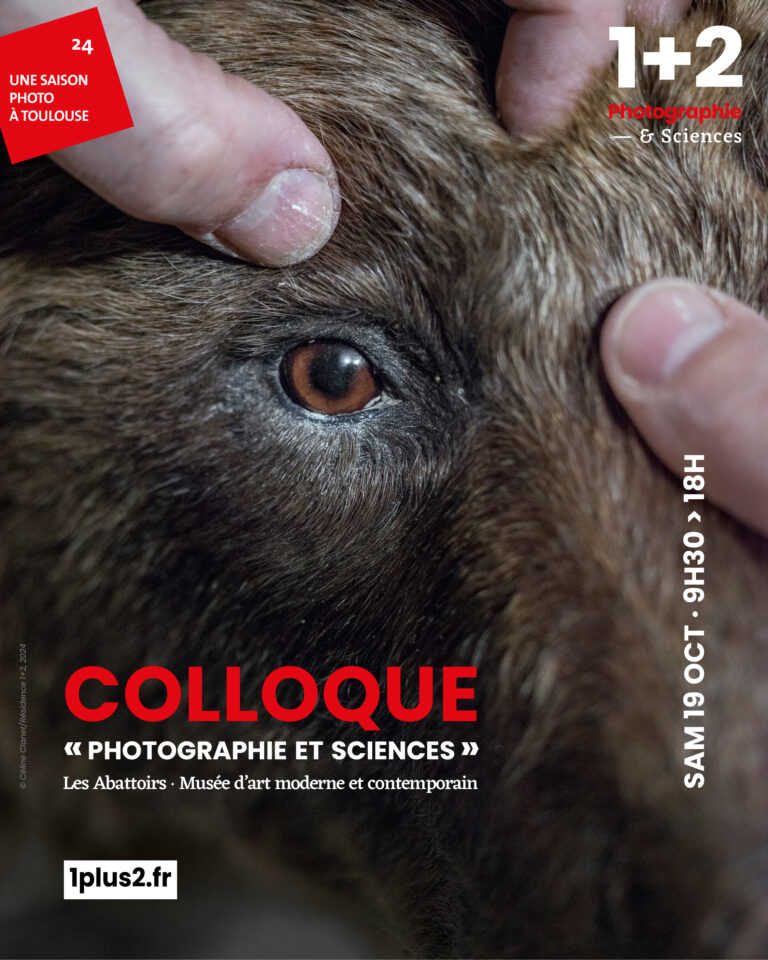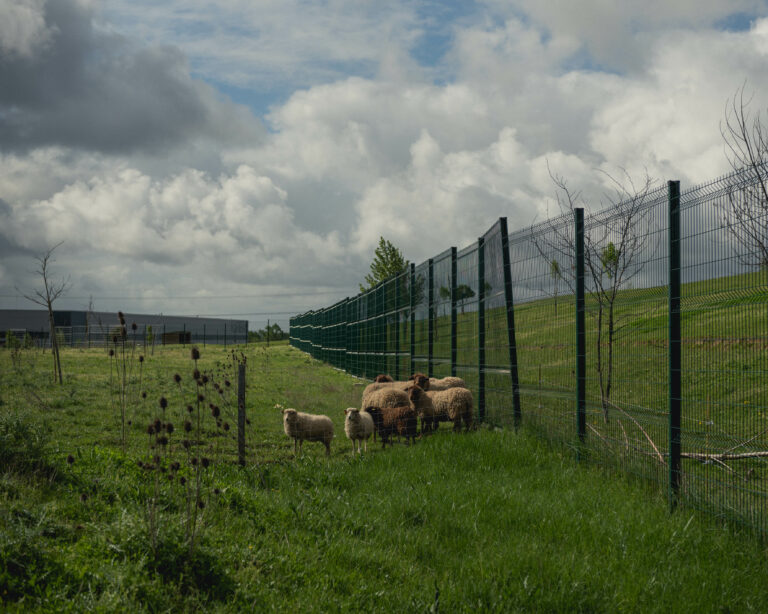Photo credit : © Dominique Desrue
In this interview, the art historian Héloïse Conésa looks back on her career and her role as patron, and discusses the theme of the residencies and the links between photography and science. A meeting with one of the most appreciated personalities in the world of photography.
Can you introduce yourself in a few words?
I am Héloïse Conésa, heritage curator in charge of the contemporary photography collection at the Bibliothèque nationale de France (BnF), since 2014. I am responsible for acquisitions from contemporary French and international photographers and I curate or co-curate a number of exhibitions, including: Paysages français, une aventure photographique (2017), Denis Brihat, de la nature des choses (2019), Koudelka, Ruines (2020), Noir et Blanc, une esthétique de la photographie, an exhibition initially presented at the Grand Palais but which, given the health context, will be moved back to the BnF in autumn 2023.
I am currently preparing several exhibitions for the coming years: one devoted to the NOOR agency founded by Stanley Greene (2022), then Proofs of Matter (2023), which will explore the materiality and even the immateriality of the photographic image. And finally, another will focus on the fertile links between literature and contemporary photography. As of December 2021, we will also propose an annual exhibition on the winners of the photographic prizes in which the BnF is a partner: the Niépce and Nadar prizes since 1955, the Bourse du talent since 2007 and finally the brand new Florence and Damien Bachelot print prize since last year.
After the astronaut Jean-François Clervoy, the astrophysicist Sylvestre Maurice and the oceanographer Catherine Jeandel (both from the scientific world), you are the first patron from the world of photography to join the Résidence 1+2. What motivated you to accept this invitation?
I was very honoured when Philippe Guionie asked me to become the patron of the photographers of the Résidence 1+2! I had followed what he had undertaken so far, and had been enthusiastic about some of the work that had come out of it, whether it was that of established photographers such as Israel Ariño or Smith, for example, or of up-and-coming talents such as Prune Phi or Manon Lanjouère. Taking into account the quality of the photographic projects and the support offered to the authors by the residence was one of my primary motivations.
Furthermore, I think that Philippe Guionie and his team have succeeded in establishing a virtuous chain of transmission of knowledge and practices by bringing together researchers from the « hard » sciences and the humanities and author-photographers. The BnF is an institution at the crossroads of science, research, heritage and creation, and we welcome to the Department of Prints and Photography many researchers who come to take a fresh look at the collections and advance our knowledge. Therefore, participating in such a residency was also a great opportunity to support the creations born from this crossing of disciplines.
What is your role as patron?
My role is to listen to the photographers and to accompany them through a debate of ideas towards the final form of their creation: to discuss the choice of shots, the integration of discourse, tools and scientific expertise – that of geologists, cartographers, meteorologists, etc. – in their project, but also to reflect with them on the photographic techniques envisaged as well as on the choices made for the display of the work. The three photographers selected are at different stages of their careers and it is also a question of seeing how we can bring together the work of an established photographer, such as Grégoire Eloy, whose work I had already been following within the Tendance Floue collective, and young photographers such as Myriem Karim and Laure Winants, whose respective universes and talents I have discovered. In short, it’s a question of helping to find bridges between a theoretical background and a formal incarnation that highlights the quality and singularity of a view.
What does the experience of a photographic residency mean to you in the creative process of a contemporary photographer?
I think the experience of a residency is essential for the career of a photographer or more broadly of an artist. Not all residences offer the same facilities in terms of time, funding and dissemination, and the fragmentation of offers and actors on the territory does not always makes things easier, but it has to be recognized that a residency which allows time and contacts to germinate a project, which finances the production of works and participates in their promotion can be a great springboard. The residency also makes it possible to reshuffle the cards of a work in the light of a territory or an idea, to sometimes takes the author out of his comfort zone by going to discover new knowledge or technologies, new landscapes or lifestyles. Sometimes photographers are asked to run workshops on their practice and while this role of mediator is important, it should be reminded that the art works itself can impulse an unifying and large public debate in which the artist is a passer of knowledges, of know-how and essentials sensitivities to the understanding of the world.
.
A successful residency, in my opinion, therefore, manages to combine the particularity of the statement that establishes the rules of the game between the artist and the residency, with the universality of a work whose echo can go beyond the framework set by the residency. Sometimes the residency may appear as a side step or a breath in a photographer’s career but when the meeting really occures, the project developed in this context is perfectly articulated with his or her other works and testifies the coherence of a career. This is why it is important not only that the residencies select authors but also that the photographers are in line with the principles of the residencies in their creative research.
Are photography and science meant to dialogue and interact? In your opinion, what are the possible synergies? For what objectives?
Photography, as a technique, is the result of the combined research in physics and chemistry, and has long been considered as the « retina of the scientist » according to the formula of the astronomer Jules Janssen. In this sense, it has been in dialogue with the sciences since the beginning. This has led to several decades of debate about its labile status, between document and art. But this lability specific to the photographic medium is also what makes it strong. The dialogue that the Résidence 1+2 gives rise to between photographers and scientists attests to the fact that, in the interpretation of the world that it gives us, photography joins science in the definition given, for example, by the physicist Carlo Rovelli, according to whom: « Science is the discovery that the image of reality, that we instinctively have, is not correct or complete. Science is looking at things from a distance, finding out what’s behind the hill.” Photographers and scientists make this observation of incompleteness or uncertainty with the common desire to give meaning to the visible as well as the invisible and thus to construct interpretative forms. This is what was particularly highlighted in 2017 with the exhibition « Le rêve des formes » at the Palais de Tokyo. With the appearence of artists who define themselves as photographers-researchers like Raphaël Dallaporta and impulse a new perception of our relationship to sciences, we observe the porosity of these two worlds. Both are questionning their power to transform reality, and the new perspectives offered to the image by scientific research, both in terms of the vector of dissemination and through its materiality, are already drawing the outlines of a new relationship to the world
Artistic, societal and environmental issues, what role can a residence such as ours play in the face of these major contemporary challenges ?
The 1+2 Residence, by mobilising scientists and photographers around the creation of common forms, contributes to questioning the various issues you mention. The work of the three photographers in the residency each deal in their own way with subjects related to ecology: glaciology in the case of Grégoire Eloy, the geological footprint and erosion in the case of Myriem Karim, and climate fluctuations and their impact on landscapes in the case of Laure Winants. All three tell us about a nature that changes under the impact of human action. Although their works are more metaphorical in their approach to these issues, they have an impact that complements that of scientific discourse in the emotion and sensitive forms they evoke.
Interviewed by the Résidence 1+2




